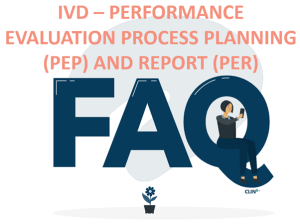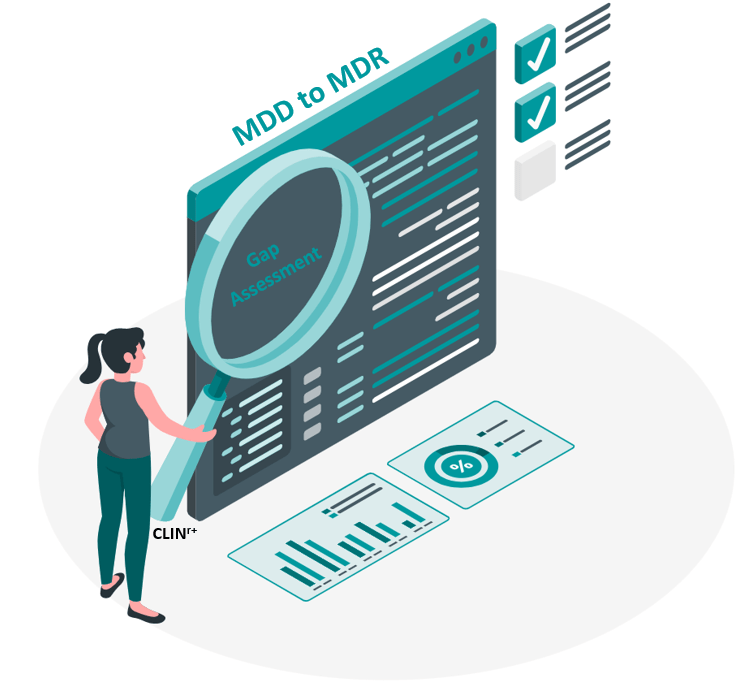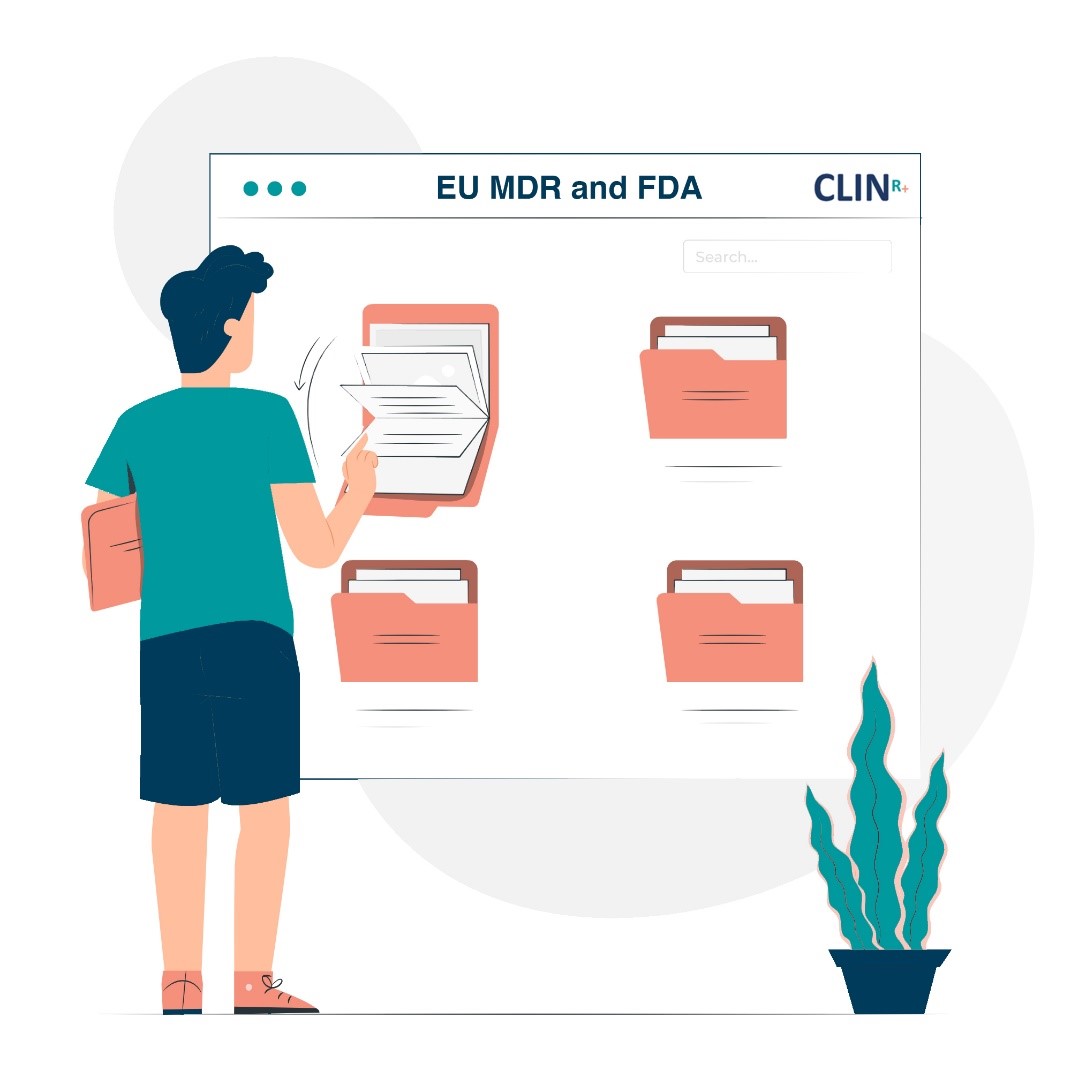IVD Performance Evaluation Process - Planning (PEP) and Report (PER) FAQ

Q: What are the key changes in IVDR 2017/746 to get CE marking in Europe?
A: The IVDR 2017/746 introduces stringent new requirements for IVD manufacturers pursuing CE marking, shifting the responsibility for approval of quality management systems and technical documentation to European Notified Bodies. This represents a departure from the previous In Vitro Diagnostic Directive (IVDD) and emphasizes the need for comprehensive performance evaluation data.
Q: What documents and resources are needed for performance evaluation requirements under IVDR?
A: Essential resources for understanding performance evaluation requirements include the IVDR itself, particularly Chapter VI and Annex XIII. Additionally, documents such as GHTF SG5/N6, GHTF SG5/N7, GHTF SG5/N8, ISO 20916, and MDCG 2022-2 provide key guidance on clinical evidence, scientific validity, and performance evaluation for IVDs.
Q: Why is Performance Evaluation Planning (PEP) and Standard Operating Procedure (SOP) needed for IVDR?
A: PEP and SOP are critical components of IVDR compliance as they ensure a structured approach to performance evaluation. Article 56(3) of the IVDR mandates the establishment and implementation of a process, making SOP essential. PEP helps outline the steps for planning and executing performance evaluation, setting the stage for a successful evaluation report.
Q: How does the IVDR impact IVDs that already have US FDA 510(k) clearance?
A: Despite having FDA clearance, IVDs seeking CE marking under the IVDR may require additional data generation and analysis to meet the stringent clinical benefit demonstration requirements. Differences in regulatory expectations between the EU and US necessitate careful consideration and potentially increased data collection efforts.
Q: What are some essential components of a Performance Evaluation Plan (PEP) for IVDs?
A: A comprehensive PEP should include elements such as the device’s intended use, performance specifications, benefit-risk ratio parameters, intended target patient groups, and analytical performance characteristics. Adequate time and resources should be allocated to prepare the plan, ensuring thoroughness and compliance with IVDR requirements.
Q: What is involved in the performance evaluation process for IVDs under the IVDR?
A: The performance evaluation process typically includes proving scientific validity, evaluating analytical performance, and assessing clinical performance. This involves literature searches, proof of concept or pre-clinical studies, and retrospective clinical sample analysis. Detailed documentation and consultation with Notified Bodies may be necessary to ensure compliance.
Q: What are the key requirements for an IVD Performance Evaluation Report (PER) under IVDR?
A: The PER, as outlined in Annex XIII of the IVDR, must include the classification of the IVD, its intended purpose, technology basis, methodology for gathering clinical evidence, literature search details, scientific validity, analytical and clinical performance data, comparison with the current state of the art, and results of Post Market Performance Follow-up (PMPF) studies.
Q: How does the IVDR mandate ongoing monitoring of IVD performance throughout its life cycle?
A: Annex XIII, Part B of the IVDR requires continued monitoring of IVD performance throughout its life cycle. This is facilitated through Post-market Performance Follow-up (PMPF) studies, which must be updated regularly to ensure ongoing compliance and safety of the device.






